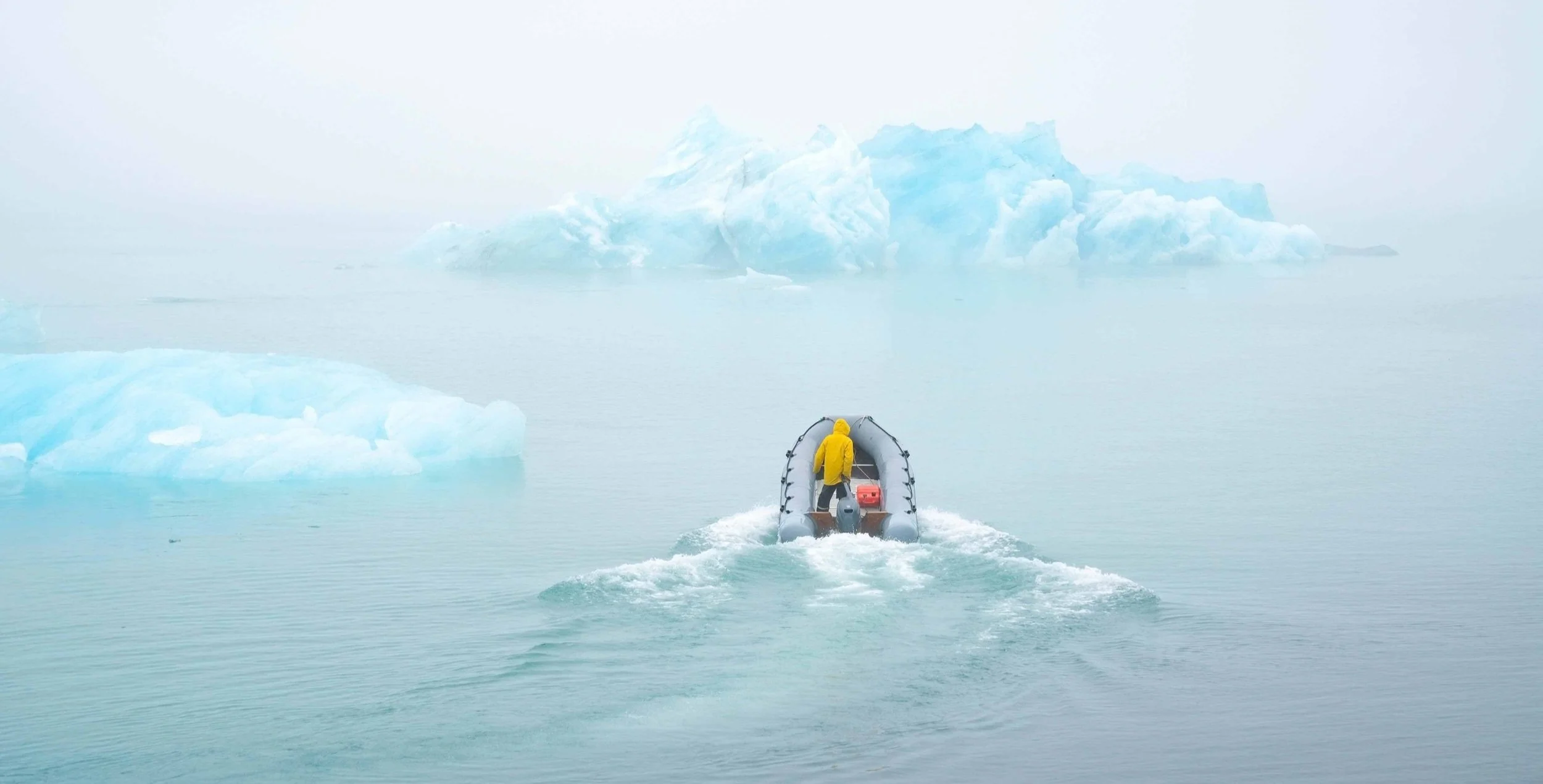Significance of the Keeling Curve
“Keeling’s measurements of the global accumulation of carbon dioxide in the atmosphere set the stage for today’s profound concerns about climate change. They are the single most important environmental data set taken in the 20th century.”
– Charles F. Kennel, Ninth Director of Scripps Institution of Oceanography
Simple Data, Iconic Curve
The Keeling Curve is the name given to measurements of CO₂ concentration at the Mauna Loa Observatory, which were initiated by CD Keeling in 1958 and continue to this day. The curve shows a relentless rise in CO₂ superimposed on an oscillating natural annual cycle. Through its simplicity, it has gained iconic status, not only for scientists, but also for humanity as a whole.
Charles David Keeling receives the National Medal of Science in 2001
A Symbol of Change
In the early 1960s, when the curve was only a few years old, it helped ring the alarm bell that fossil-fuel burning was causing CO₂ to build up in the atmosphere, with potentially large consequences for global climate. As CO₂ levels continued to accelerate upwards over the following decades, the curve served as a constant reminder that major changes were needed to avert dangerous climate change. And looking forward, a critical measure of progress will be this curve itself.
Will the rise soon start to slow, and eventually plateau or drop? If and when it bends, it may gain new symbolic value as a beacon of hope and progress. From this curve, we may finally see the convincing proof that we are gaining control of this enormous problem.
Setting a Standard of Excellence
The curve also has special symbolic value to the growing scientific community engaged in measuring greenhouse gases.
CO₂ measurements are taken at the Mauna Loa Observatory in Hawaii, and the data are representative of the global atmospheric CO₂ concentration due to the pristine nature of the sampling location.
Measurements from ground stations, from ships, from airplanes, and from satellites are now being leveraged to quantify the sources of greenhouse gases at Earth’s surface, helping to verify pledges to reduce emissions, as negotiated under the Paris or Glasgow agreements. The integrity of these growing datasets is absolutely critical. The Keeling Curve is the historical antecedent to all these efforts, and serves as a role model of the importance of data quality.
Keeling did not cut corners. He did the hard legwork to improve methods for measuring CO₂ — thus setting a high bar for all those who follow in his footsteps.
If we don’t keep track decade by decade, how do we know what’s really happening?
To the scientists measuring long-term changes in atmospheric composition, in ocean currents, in rainfall patterns, in ecosystems, in migration of species, and beyond, Keeling’s example provides encouragement to continue despite the gauntlet of challenges.
Setting an Example
Keeling set an example to the scientific community engaged in long-term measurements of the environment.
Keeling faced funding cuts in the 1960s that seriously threatened the program, and similar challenges loomed in the 1970s and 1980s. Few agencies saw a role supporting the same measurements year after year, which they dubbed “routine monitoring”. He was scorned by his peers as a data gatherer with irrational obsession. But his persistence paid off.
With visionary clarity, Keeling understood the importance of sustained observations in a time of unprecedented planetary change.
PHOTO CREDITS Dave Keeling receiving award, GW Bush: The Keeling Family, Dave Keeling air sampling: The Keeling Family





